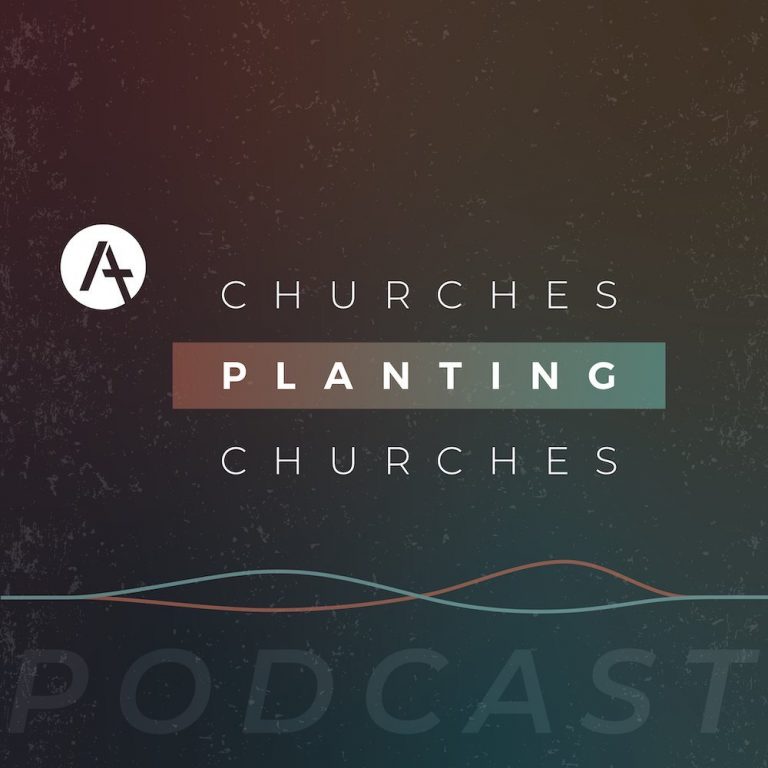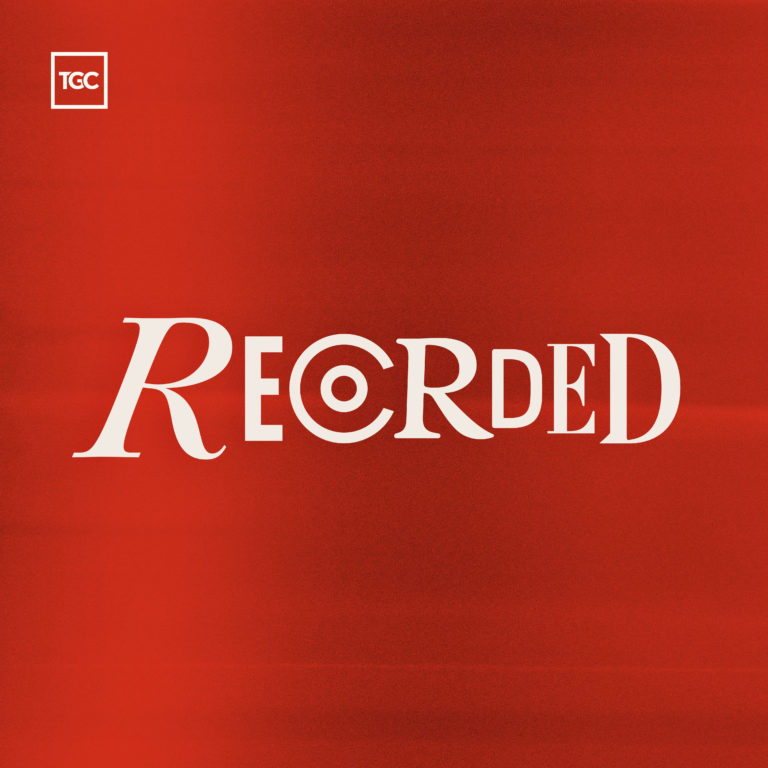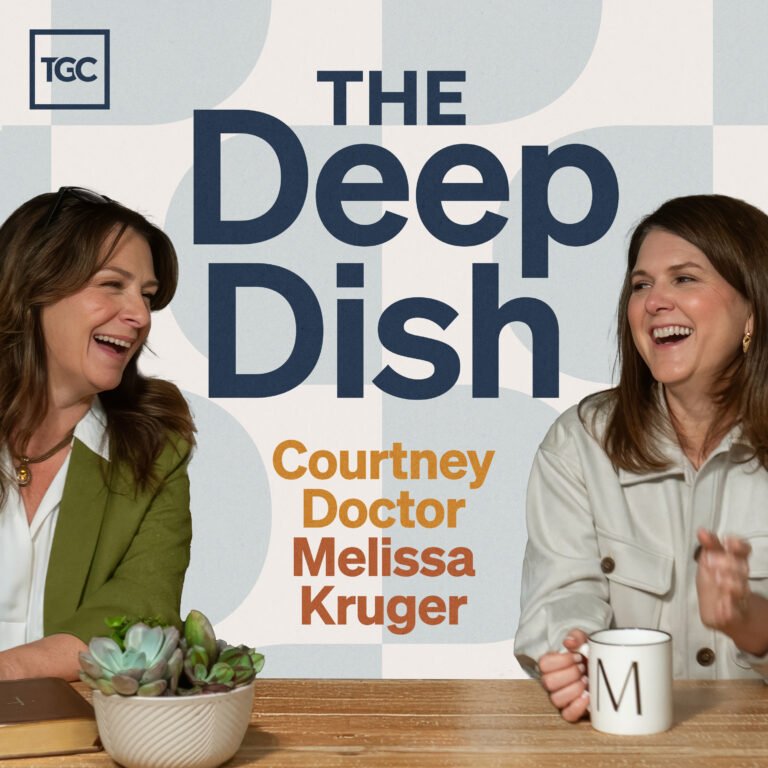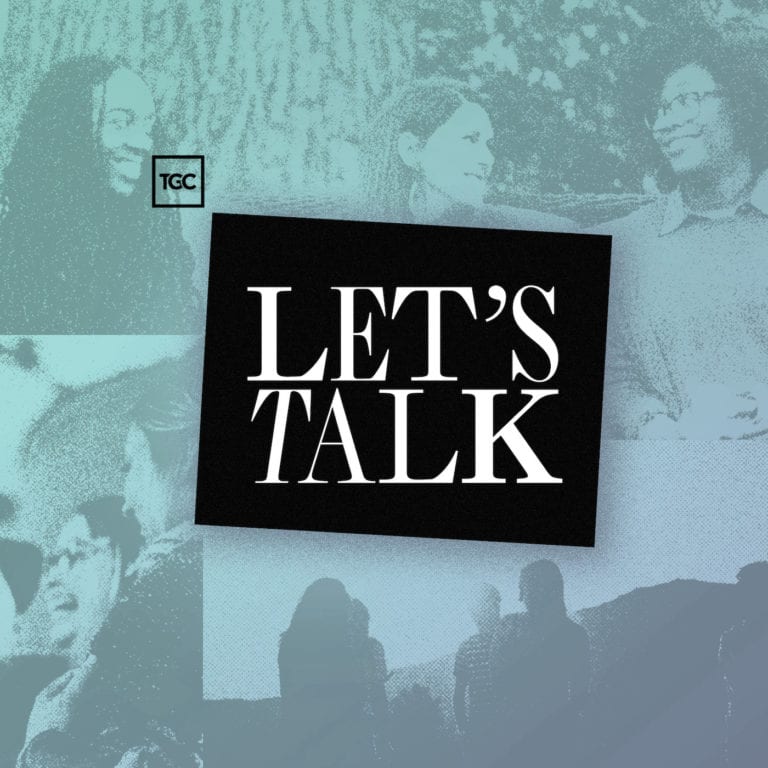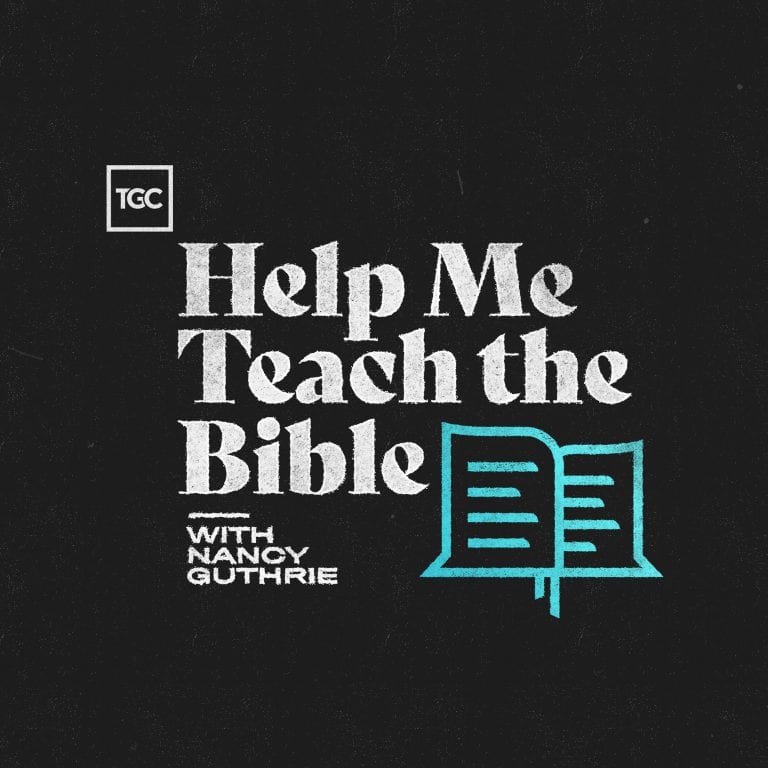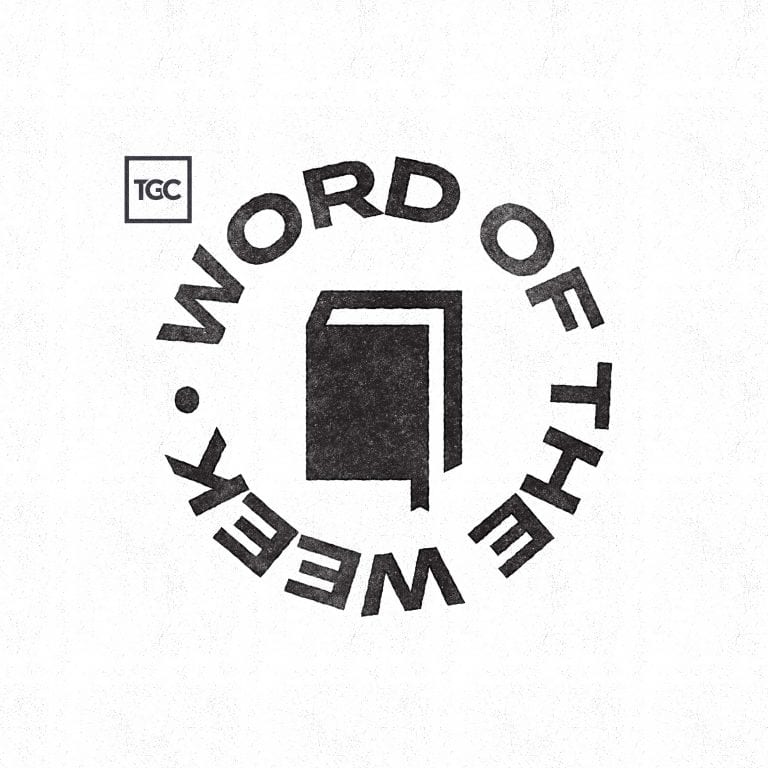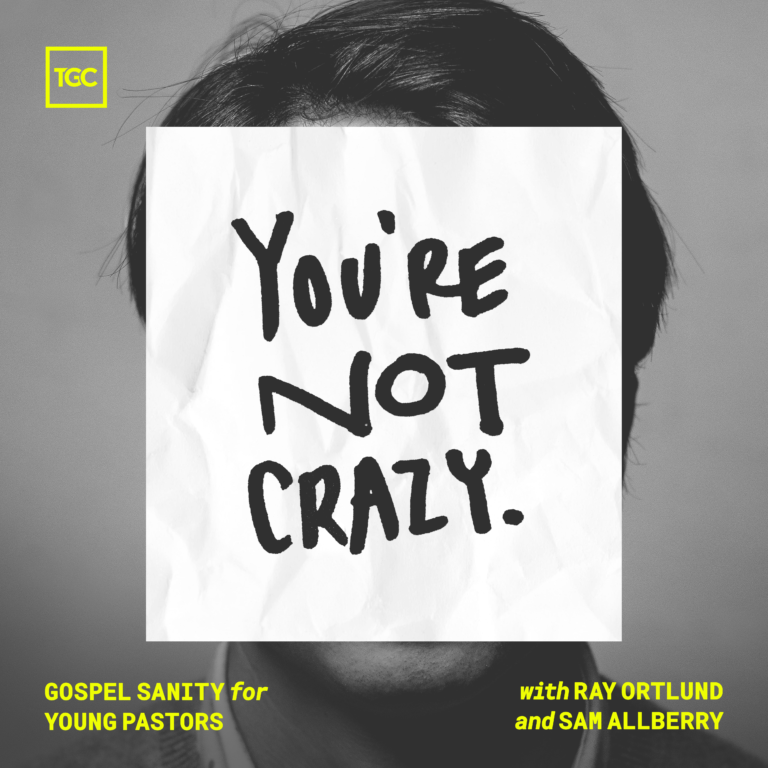How did we come to our current cultural understanding of the role of a pastor’s wife? Is it a ministry position? It is a biblical role? Or have our expectations of a pastor’s wife morphed over time to fill the vacuum left in churches and denominations that deny women’s ordination?
In Becoming the Pastor’s Wife: How Marriage Replaced Ordination as a Woman’s Path to Ministry, Beth Allison Barr—professor of history at Baylor University—explores these questions. Along the way, she meanders through centuries of church history and anecdotal evidence from the Baptist experience. Her book is meant to be a “history of how Christian women gained a new and important role.” But it’s also “the history of how this gain came at a cost for some women” (xxi).
With this history, Barr intertwines her story as a pastor’s wife with other stories of pastors’ wives and historical female leaders in the church. Much of her experience and research focuses on women in ministry in the Southern Baptist Convention (SBC), especially Dorothy Patterson. Patterson heavily influenced Southern Baptist discipleship of women (especially pastors’ wives) from the conservative resurgence in the SBC of the mid-1980s until her husband’s removal as president of Southwestern Baptist Theological Seminary in 2018.
The focus on Southern Baptist life left me on the outside looking in. I recognize aspects of Barr’s concerns. However, I was again and again left wondering if her main focus for critique gave any insight into my current church and ministry context.
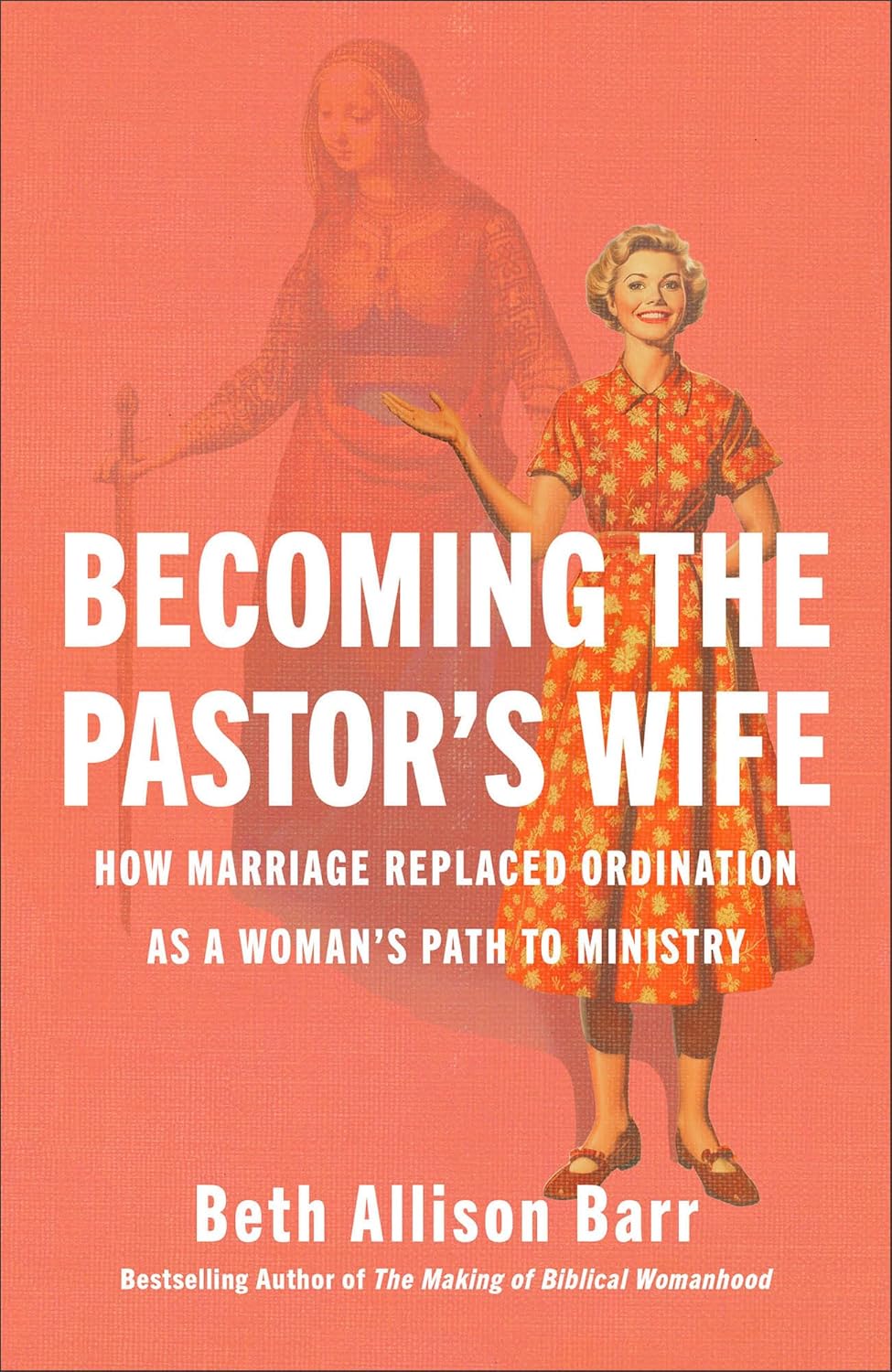
Becoming the Pastor's Wife: How Marriage Replaced Ordination as a Woman's Path to Ministry
Beth Allison Barr
Becoming the Pastor's Wife: How Marriage Replaced Ordination as a Woman's Path to Ministry
Beth Allison Barr
Unfair Expectations
The core of Barr’s complaint has merit. She notes that the “pastor’s job often includes the unpaid labor of his wife.” Barr didn’t mind helping her husband; however, she says, “What I minded was feeling like my help was an expectation for his job” (93–94). She argues,
We have taken a position never mentioned directly in Scripture and turned it into the highest ministry calling for contemporary evangelical women, allowing it to supplant other ministry roles. We have pressured women who do not feel called to ministry into ministry service because of their husbands’ vocations. We have told women that their best path to ministry is literally to follow behind men. (21)
Barr highlights the “two-for-one” expectation of pastors’ wives to join their husbands’ ministries. According to Barr, it’s “inappropriate . . . to interview the wives of pastoral candidates as participants in their husband’s jobs” (xvii).
Yet inherent to this phenomenon is the often meager pay for pastors and how the entire family gets subsumed into his vocation, especially in smaller churches. Barr doesn’t examine the ways that the “pastorate,” or more specifically the church office of episkopos or presbyteros, isn’t a normal job. Unique issues and expectations surround it, and sacrifice is inherent to the position.
“The laborer deserves his wages,” as Luke 10:7 and 1 Timothy 5:18 remind us. Yet the church isn’t a corporation. Its ministry depends on both the parishioners’ gifts and a pastor’s calling to an inherently sacrificial occupation. Why do ministers pursue this field? Why do wives accept unpaid expectations on them? More noble issues are at play than Barr considers.
Definitional Ambiguity
Barr’s history takes readers to fascinating places—catacombs in Italy, an abbey in England—as she explores the role of women like Milburga and Priscilla. Through their stories, Barr makes her case that women in early church history had authoritative, perhaps even ordained, roles in the church not mitigated through a particular man.
As I read these histories, I noted the lack of a shared understanding of many terms used for what these historical women were doing. Were they pastors? Were they ordained? This book suffers from a crisis of definitions, but then again, so does the larger conversation between denominations and faith traditions. What do we mean by role? By leadership? By ministry? By calling? A bishop to you may be a pastor to me. Consecration to you is ordination to me. In some Baptist contexts, a deacon is what I’d call an elder. And few agree on what role (if any) an apostle is supposed to have in today’s milieu.
Barr recognizes the problems with definitions. She writes, “Can you imagine what would happen to arguments excluding women from pastoral authority if we recentered our definition of pastoral authority from preaching to praying?” (20). Yet Barr also seems confident: “There were female priests in the ancient (including Biblical) world” (18). The problem is that there simply weren’t female priests in the Bible. At least, not using a precise definition of the English word for priest, translating the Hebrew kohen, a word used consistently in its masculine form throughout the Old Testament. There were no kohenets, the feminine form of the word kohen. What biblical office does she mean when she talks of a female priest? Barr’s book, and indeed the whole church, would benefit from consistent definitions of terms.
History as Activism
Barr’s book, and indeed the whole church, would benefit from consistent definition of terms.
Central to Barr’s argument, building on her work in The Making of Biblical Womanhood, is the idea that medieval popes and councils marginalized women by tying the Eucharist to priestly ordination and requiring clerical celibacy. Four hundred years later came the Reformation. When Martin Luther and other priests began to marry, Barr posits, the role of pastor’s wife was born, though it morphed over time and culture.
According to Barr, in the second half of the 20th century the role of pastor’s wife “was elevated as the highest calling for many Protestant women, waxing in importance as more independently authoritative roles for women waned” (xix). Barr presents our modern understanding of the role as a 20th-century rearranging of women’s positions in the church, particularly among Southern Baptists after the conservative resurgence removed ordained pastoral roles from women. She doesn’t, however, tackle the conservative resurgence’s goal of scriptural authority or make the case that biblical fidelity is best served by reexamining women’s roles in the church.
Neither history nor contemporary culture is helpful for figuring out a vision for the church’s future. They certainly show us the fallout of past failures and the unintended consequences that changes in regulations on one sex can have on the other (e.g., the celibacy of priests). History helps us understand how we got to the place we are now. But in the end, reexamining and realigning with Scripture is necessary for each generation to have a compelling vision for the future. Ecclesia reformata, semper reformanda, as the saying goes.
Worth Discussing
This book was painful to read at many points. Barr isn’t charitable toward complementarians. I wanted to defend myself against many critiques that seemed foreign to my experience and my scriptural convictions. After several of Barr’s sarcastic takedowns, I lost hope that her target audience would ever interpret my complementarian beliefs as good-faith, conscience-honoring convictions.
Barr no doubt has scars from previous encounters with complementarians. But I suspect the book’s tone may only incite those who already agree with her rather than move the church to a greater shared understanding.
Neither history nor contemporary culture is helpful for figuring out a vision for the church’s future.
Nevertheless, Barr draws attention to a worthy issue for all to consider, including those of us in complementarian circles. What do churches expect from a pastor’s wife for free? Moreover, does that keep those churches from enabling (and possibly paying) other women who feel called to ministry?
I especially appreciated the research Barr did by reading black authors as well as white on the topic of the role and responsibility of the pastor’s wife. The role of “church mothers” in the African American experience is a worthy one for white evangelicals to consider. Barr finds inspiration for a path forward through Weptanomah Carter’s 1976 book, The Black Minister’s Wife: As a Participant in the Redemptive Ministry of Her Husband. But this still seemed only a vision for the pastor’s wife and didn’t speak to Barr’s larger concern for women’s roles in the church not mitigated through a male family member.
According to Barr, “The question has never been whether women are fulfilling the function of ministry in the church—they always have been. The question has always been whether their function of ministry is recognized as paid, professional ministry” (136). Of course, in whatever way compensation is available church by church, women too are worthy of their wages. But since the majority of churches are stretched to pay even one staff member a living wage, the bigger question for many churches is how we value and support unpaid ministers in a church.
Even those who reject Barr’s arguments for women’s ordination can find food for thought in Becoming the Pastor’s Wife as we consider the necessary work female ministry leaders do. We should be advocates for engaging their talents in all the ways Scripture allows and exemplifies.




















